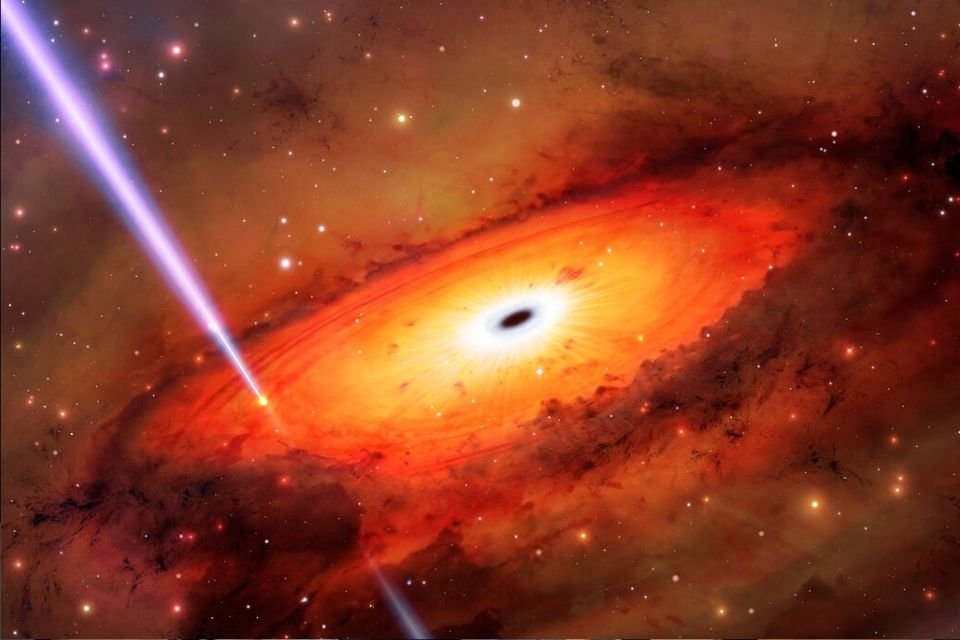Astronomers may have found a new way to destroy stars Using the Gemini South telescope. While studying a powerful gamma-ray burst (GRB), they discovered evidence of a collision between stars or their remnants near a supermassive black hole in an ancient galaxy.
this discovery challenges what we know about how stars die and uncovers a phenomenon that was once just a hypothesis. Typically, these celestial bodies meet predictable destinations based on their masses.
Smaller bodies, such as the sun, gradually shed their outer layers and disappear as white dwarfs. Larger ones burn more intensely and end their lives in massive supernova explosions, leaving behind dense objects such as black holes. In binary systems with two such residues, they may eventually collide.
The cores of ancient galaxies contain a variety of extremely dense stellar remnants such as white dwarfs and black holes. Scientists have long speculated that the chaotic environment surrounding a supermassive black hole could lead to the collision of two stellar objects, resulting in a GRB. However, no concrete evidence of such a merger has been found so far.
The first signs of this event came on October 19, 2019, when NASA’s Neil Gehrels Swift Observatory detected a short but intense burst of gamma rays lasting just over a minute. Typically, GRBs lasting longer than two seconds are classified as “long” explosions, mostly caused by supernova deaths that are at least ten times the mass of our Sun.
To learn more about the origins of the intriguing GRB, astronomers used the Gemini South telescope to observe its afterglow for longer periods of time. They were able to identify it. It occurred within 100 light-years of the core of the ancient galaxy, near the supermassive black hole..
“By predetermining their positions at the center of an ancient galaxy, we have obtained the first evidence of a new way for these stars to meet their end,” said astronomer and lead author Andrew Levan of Radboud University in the Netherlands. Article published in the journal Nature Astronomy.
Source: Tec Mundo
I’m Blaine Morgan, an experienced journalist and writer with over 8 years of experience in the tech industry. My expertise lies in writing about technology news and trends, covering everything from cutting-edge gadgets to emerging software developments. I’ve written for several leading publications including Gadget Onus where I am an author.













